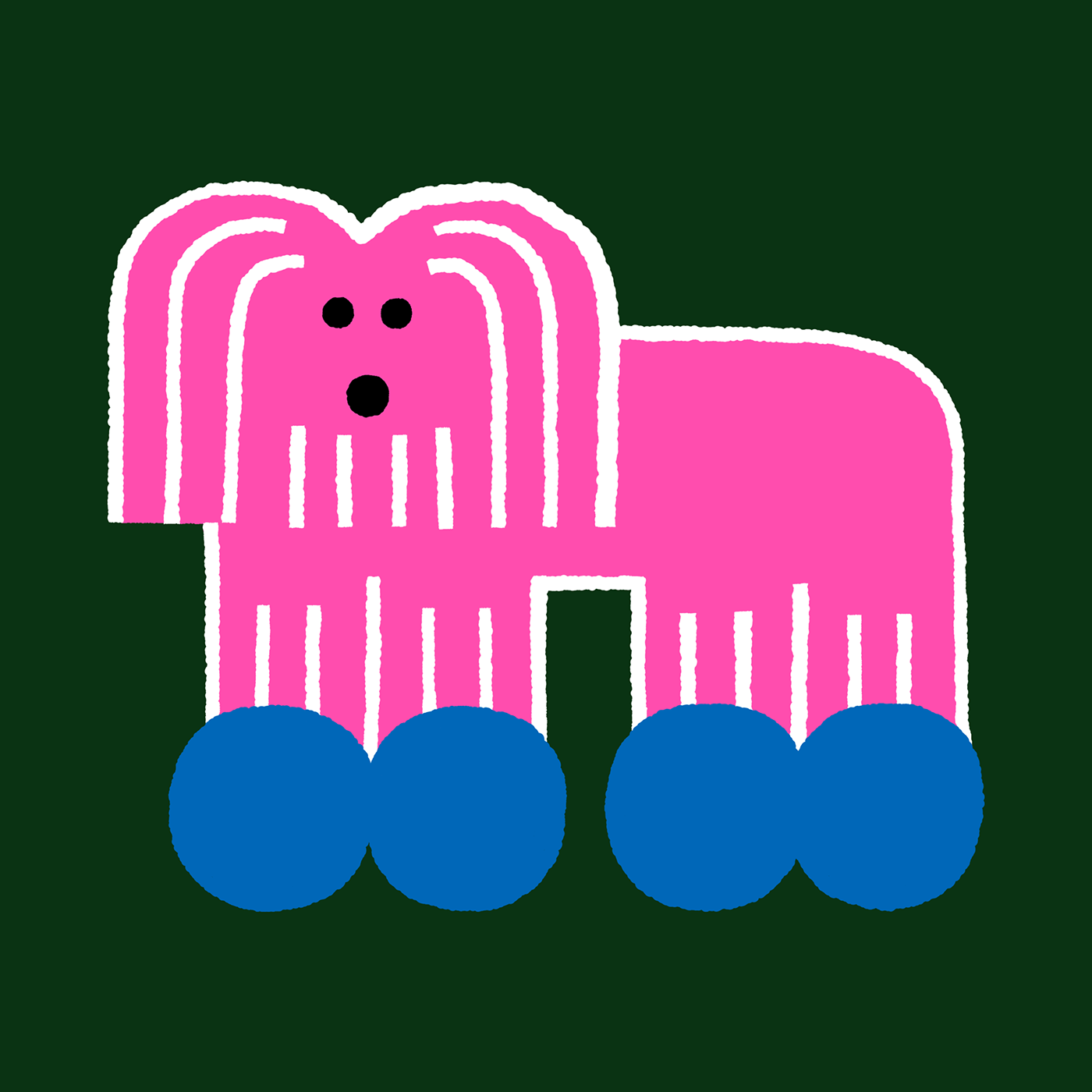THE FUTURE OF INDIAN FASHION
More than anything, Indian art has been accustomed to details; since the beginning.
History is responsible for the versatility of its vision through the times.
Be it geometric artwork over the ancient Islamic monuments; engraved sculptures over the walls of South-Indian temples; or even the intricate flower and mirror work in the palaces of Rajasthan, the intricacy has always been the flag-bearer of Indian culture.



Indian art lies in the hands of the picturesque vision of the Indian kaarigars (craftsmen).



The life in rural areas is enriched with rich colors, enthusiasm and a strong focus on the promotion of craft.


Indian embroideries speak of an era untouched.
To understand the complexities of the craft, it's imperative to reach the roots.
Hence, I traveled to an age-old village near Lucknow, called Kakori, where the craft of Chikan embroidery has been into practice since ages.


The major livelihood of the people in Kakori village majorly depends upon the practice of traditional craft.
PROCESS:
The design is firstly printed on the fabric with the help of wooden printing blocks dipped into Indigo dye.

Wooden printing blocks


The process involves dipping the top of the block into the mixture of Indigo dye and dabbing it on the cloth piece.
Once the fabric is printed, it is sent for embroidery to the kaarigars(craftsmen).
The fabric is then set on an Atta(A wooden panel which stretches the fabric from all ends for easy flow of needlework) where the kaarigar uses Aari-work( An intricate work with the help of thick needles).

A group of Aari needles lying over hand embroidery work
A group of kaarigars working on an Atta with Aari work.


Detailed Aari work
Detailed hand-work

Many hand embroideries do not require the use of an Atta due to lesser surface area. Such embroideries are mostly carried out by the women in the house.



Detailed stitch-work with the help of a regular needle and cotton thread (Cotton threads are dye-able).
NOTE: The famous Indian clothing brand- FabIndia is one of their major clients.



Once the embroidery is completed, extra threads are trimmed with the help of a thread-cutter.


There are approx. 7 main stitches in Chikan embroidery, which involve stitches like gota-patti, jaal etc. The sub-division of stitches is mainly derived from a few main ones.
Finally, the fabric goes for washing to remove the dirt and design outlines. Thus, making the embroidered fabric ready.
~~~~~~~~~
NOTE: While working one-on-one with kaarigars, I came across their problems and vulnerabilities hinting towards their exploitation.
Indian kaarigars hold the future of fashion.
In this age of Globalization, it is imperative for us to understand the importance of in-house resources and make ways to create a healthy and positive workspace.
Being an individual associated with the field of crafts, I believe, it is my duty to take care of the well-being of the people who are investing their time and effort into creating the vision we desire.
Thus, creating a space which benefits every working hand.
~~~~~~~~~
SAMPLES OF EMBROIDERIES DEVELOPED FOR INDIAN DESIGNERS
Antique florals (Machine & Computer embroidery)- Floral embroidery motifs inspired by Renaissance era, with the help of Resham threads over Raw silk fabric.



Floral motif exploration (Machine and Hand work)- Creation of floral bodies with the help of machine embroidery and highlight with hand embroidery.






Forest inspired motifs (Machine and handwork) - This technique involves use of Resham thread with machine work along with hand work highlight at Velvet fabric base.



Tone-on-tone embroidery(Hand work)- Creation of tone-on-tone effect by embroidery of similar coloured beads and french knots by hanwork.


Motif placement (Hand embroidery) - The technique of French embroidery and applique has been used to create a detailed motif of lion's face.


Infinity-defining motifs (Machine work)- These are the samples generated for an avant-garde project created by the use of Resham thread with Machine work.


~~~~~~






